Everyone knows about cotton, velveteen or silk, but only a few know about felt. What kind of fabric is it and what is it for? Below we will discuss everything in order.
Felt for handicrafts and creativity: price and properties
Felt is its closest relative. Ancestors (the same Leonardo da Vinci) used felt. Later it was improved, and felt was obtained. Softer and more delicate wool is used for production than for felt material. Many manufacturers prefer to add fluff or synthetic additives.
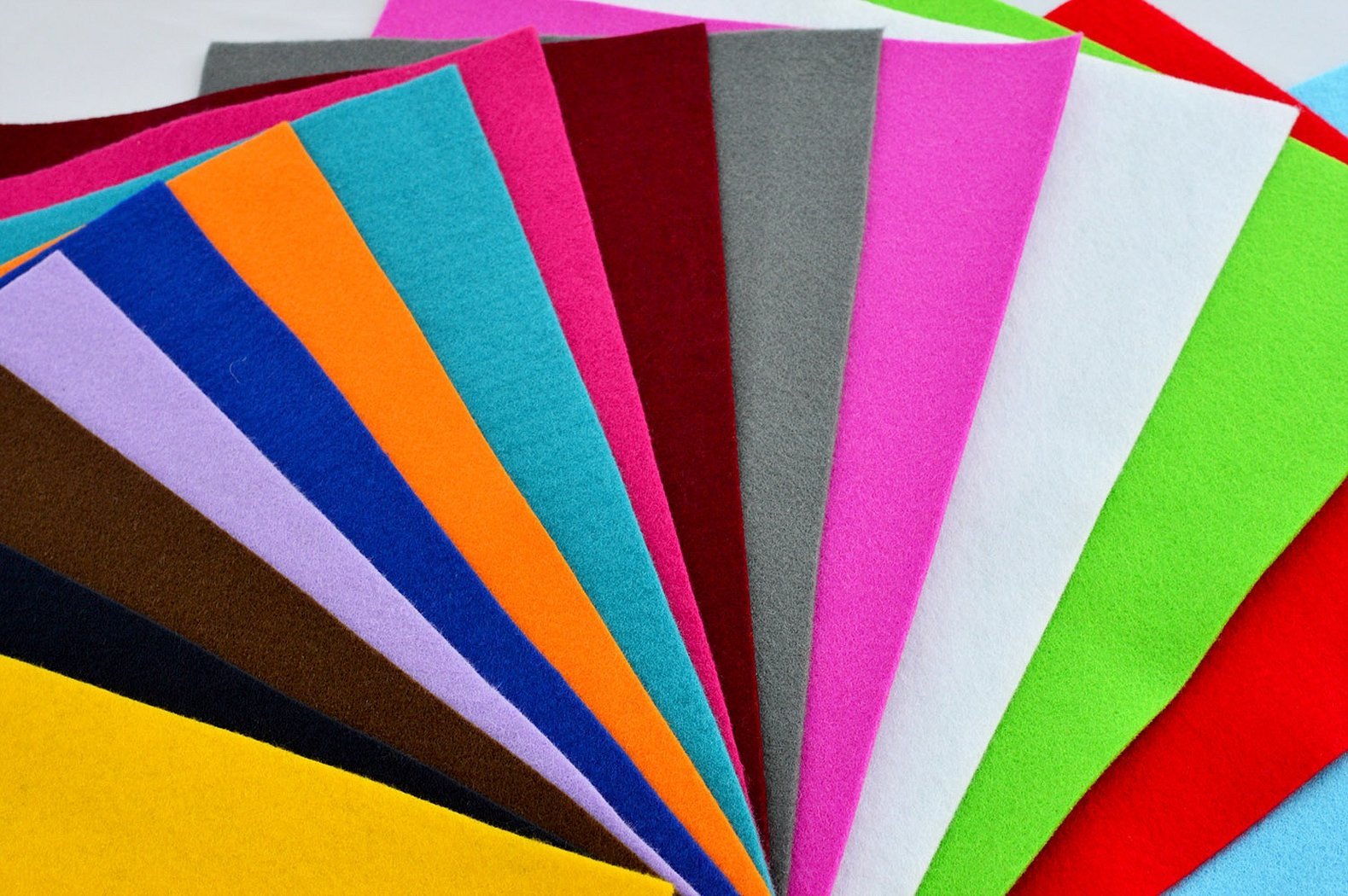
In addition to various household spheres, it is also used for handicrafts. It is used in sewing children's pendants, toys, various covers and other nice things. It is in great demand in the field of floristry, in sewing headwear, and accessories.
Many needlewomen love it for its form of release. Thick and thin felt are cut perfectly. Sheet felt is in special demand due to its convenient sheets. You just need to cut a felt sheet or cut out the desired figure.

The cost is affected by the manufacturer and composition. Natural is much more expensive than synthetic.
Please note! It should be taken into account that cheap material will lose its appearance much faster than a high-quality analogue.
What types of felt are there?
Soft and pile types of fabric are common. The latter can be:
- long-haired;
- short-pile;
- velour;
- suede.
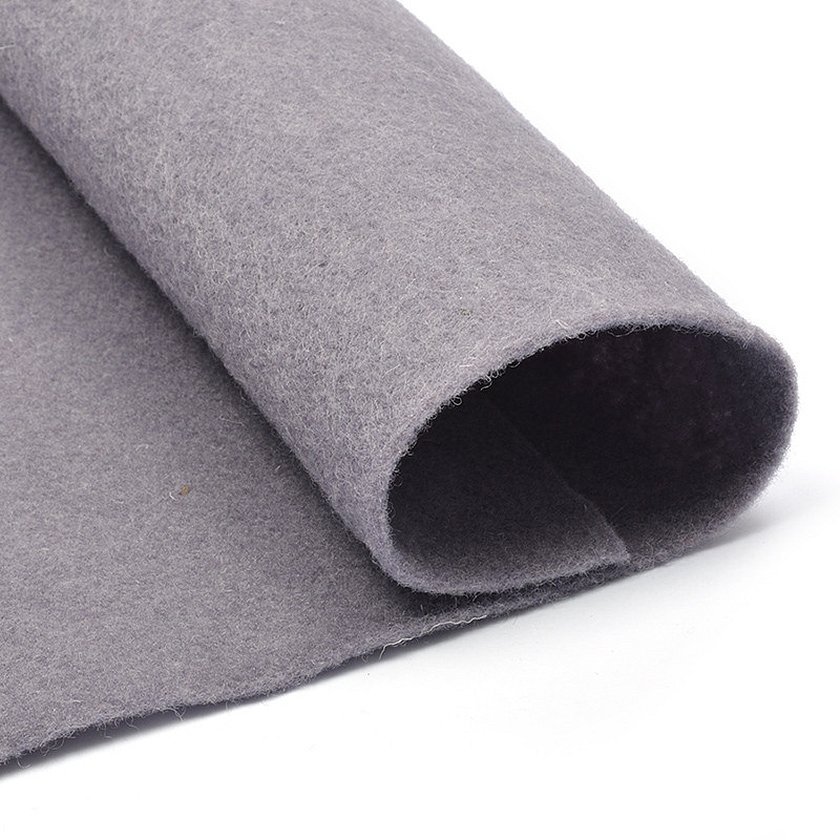
The differences in fabric are in size and pile density.
Thickness is one of the most important differences. There is thin felt, which is used where the thickness of the material should be a maximum of 1.5 mm. These are small elements when making crafts. For other products, a thicker type of felt is used. Its thickness is from 1.5 to 5 mm. It will make a great bag or a large toy.
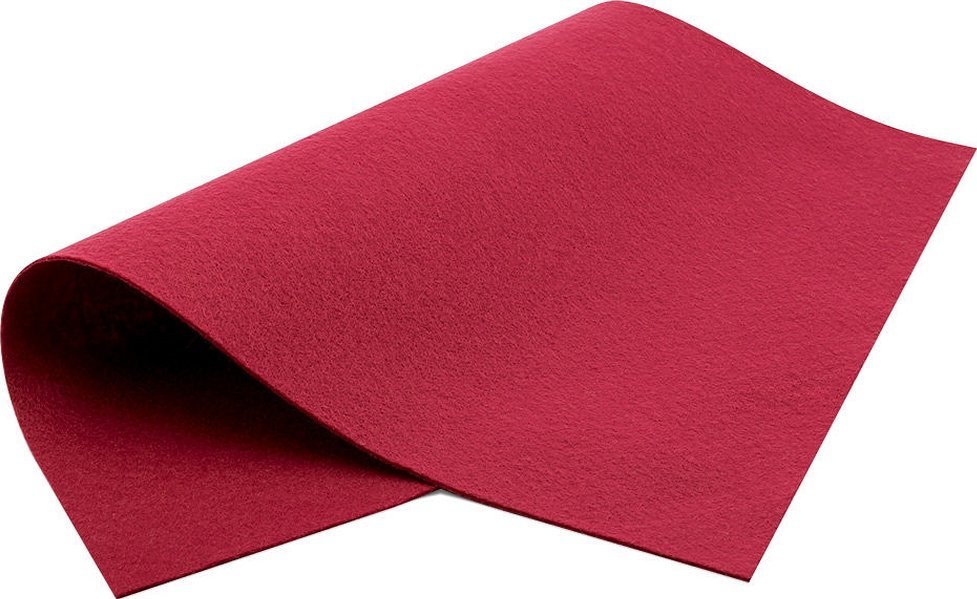
Composition of decorative felt:
- Natural - pure wool material, which contains at least 90% of real wool. Despite being environmentally friendly, it has its drawbacks. Its peculiarity is the appearance of pellets, the fabric is easily wrinkled. After washing, the product may lose its shape. Many note an unpleasant smell when a small amount of moisture gets on the fabric. At the same time, the material is hypoallergenic, holds well along the seam. Such fabric has a long service life, has the property of repelling water and dirt. It is applicable for making accessories. Indispensable in the manufacture of hats, warm shoes. It is important that it has a high probability of being eaten by moths.
- Semi-wool contains 50 to 60% wool in the base. The remaining 40-50% is added in a mixed way. As a rule, it is viscose or acrylic. One of the advantages of the fabric is softness. The material is soft due to the admixture of synthetics. It does not irritate the skin, but quickly gets wet. It also easily changes shape, has the property of crumbling. The richest in colors. White felt and red felt are in great demand among needlewomen. Suitable for making small parts.
- Acrylic. As the name suggests, it consists of acrylic, which is made of plastic. Acrylic felt is inexpensive. It is quite slippery and has a characteristic shine. Experienced needlewomen will immediately identify it from afar. The disadvantages of the material are low transparency, low ability to withstand high temperatures, and it can creak. At the same time, like all synthetic fabrics, it holds its shape well and does not fade, and is easy to clean. This is the same type of material that is used for both small parts and large ones as a base.
- Polyester is a durable fabric. It has high resistance to abrasion. At the same time, the material is quite thin, which can be both an advantage and a disadvantage. Colored sheets have a higher density. Such fabric holds its shape well, does not fade, and has high strength. Craftswomen prefer to use it to make bags and things that are used regularly.
- Viscose. The material is durable and soft. Lightweight, holds its shape well, but wrinkles quickly. If not cared for properly, it can change shape.
Important! When buying, you may come across a bamboo option. This is a new type of material. The fabric has good hygroscopic properties, a pleasant to the touch surface, but loses strength when wet.
What to look for when buying
Felt should be chosen with the end goal in mind. You need to start from what product is needed, what qualities the material should have.
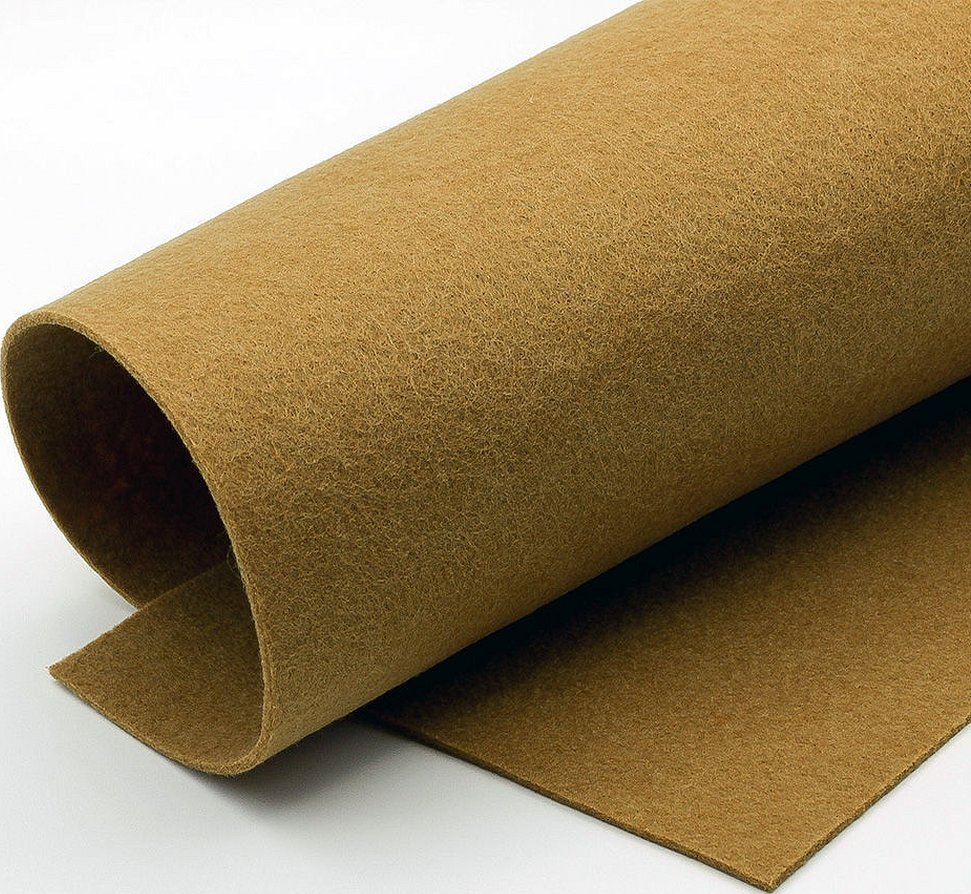
You need to determine for yourself:
- what kind of product should be obtained;
- does decorative felt play a major role in it;
- whether a large or small item will be sewn;
- is it necessary to keep the shape well;
- how often the product will be used;
- does it require regular maintenance;
- will the product come into contact with the skin;
- I need a roll, sheet or material by the meter.
The answers will help you make your choice.
How to make felt yourself
The main element is wool. Goat or rabbit down is perfect. Wool can be bought in a store, as it is already dyed in the necessary colors and does not need to be ruffled. If the wool is not prepared, it should be ruffled.
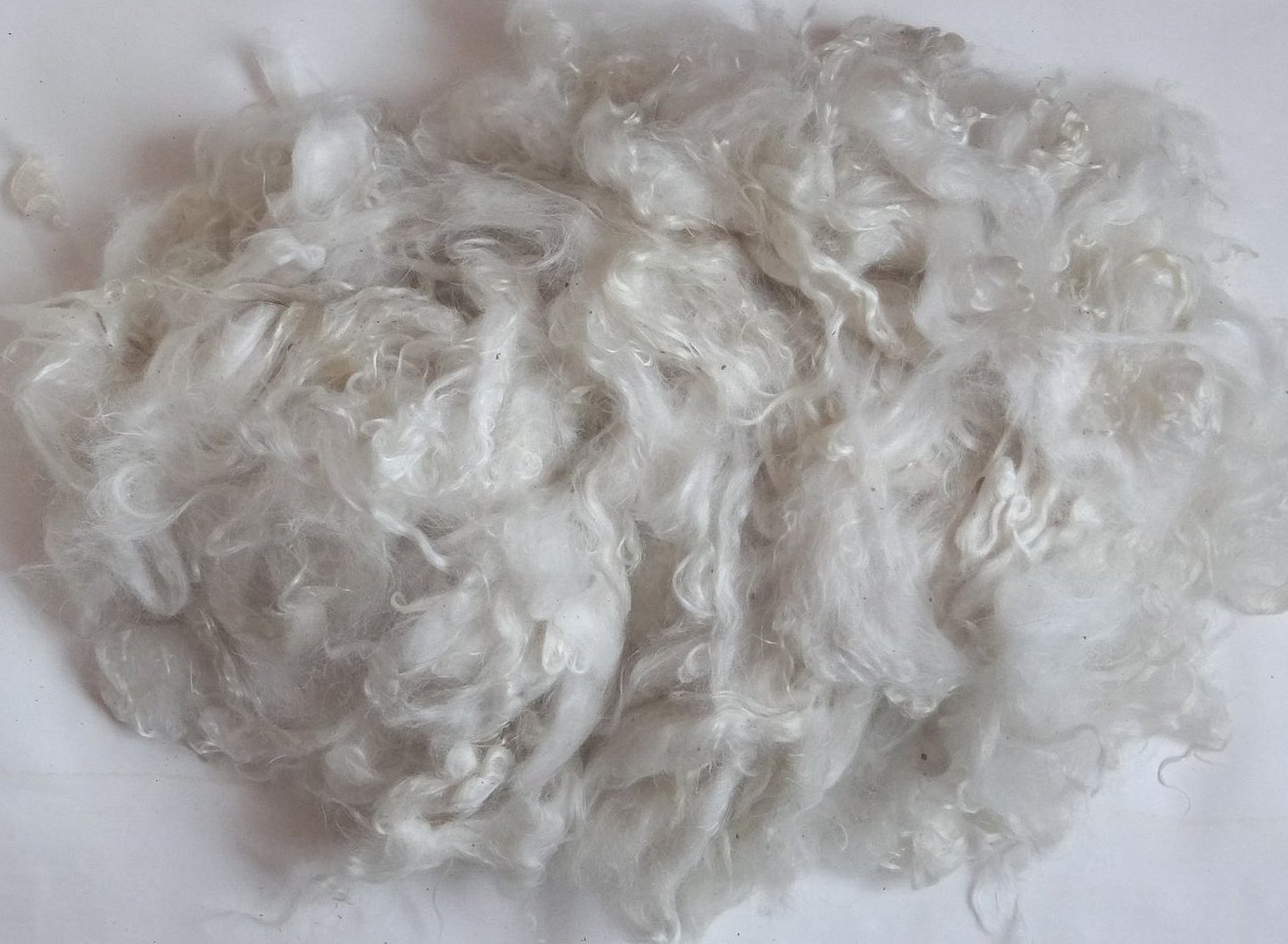
Next, you need to do the following:
- Prepare the area for the procedures. It is recommended to use bubble wrap.
- Prepare a warm solution from laundry soap, which is preferably poured into a bottle. This is necessary to be able to dose. Many people use diluted foaming liquids like shampoo.
- The film is moistened, fluff is laid on it. Afterwards, the wool needs to be wetted and covered with the prepared film. It should be pressed well with your hands, smoothing it evenly. Work with a roller on top. Repeat all the steps, applying the next layer. Water and foam are removed with napkins.
- Having obtained a dense material, the procedure is stopped. If the thickness is not satisfactory, then apply as many layers as required for the material.
- Afterwards, everything is soaked with a dry towel, the edges are leveled, and dried.
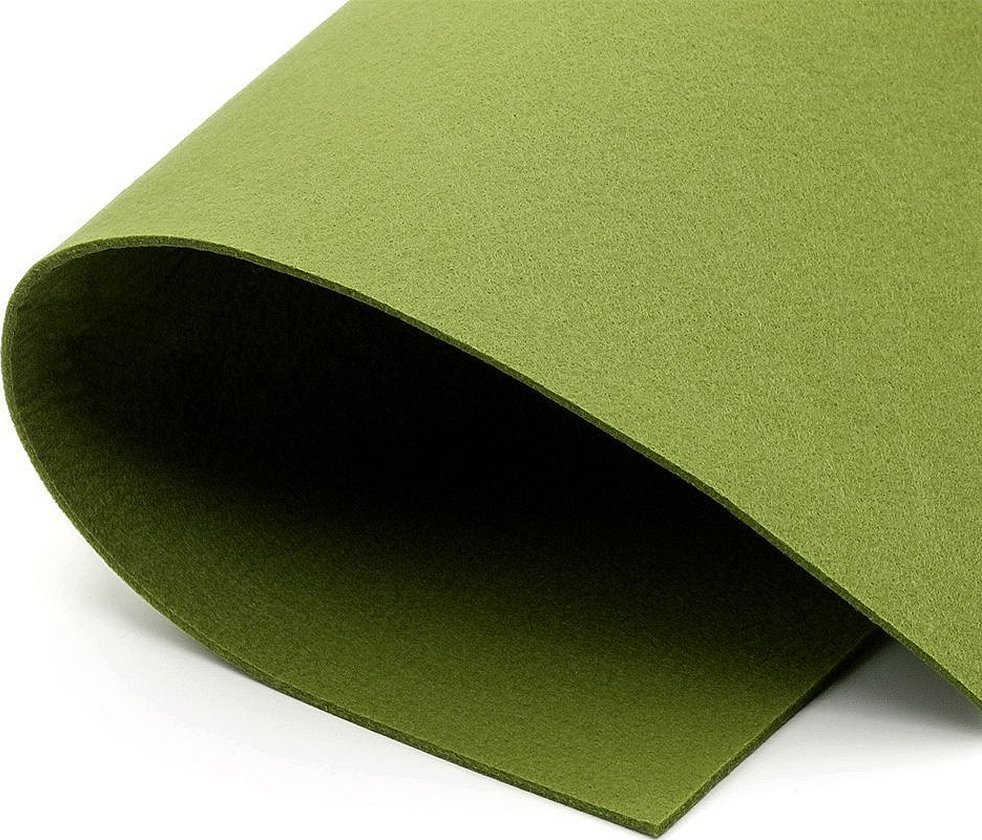
This method is convenient for those who are not satisfied with the thickness or size of the material offered in stores.
For your information! Material made by hand gives an opportunity for creativity. For example, you can try to play with shades, create an individual design.
Essential tools for working with felt
Several types of scissors are used for work: for cutting and office. You can add a stationery knife.
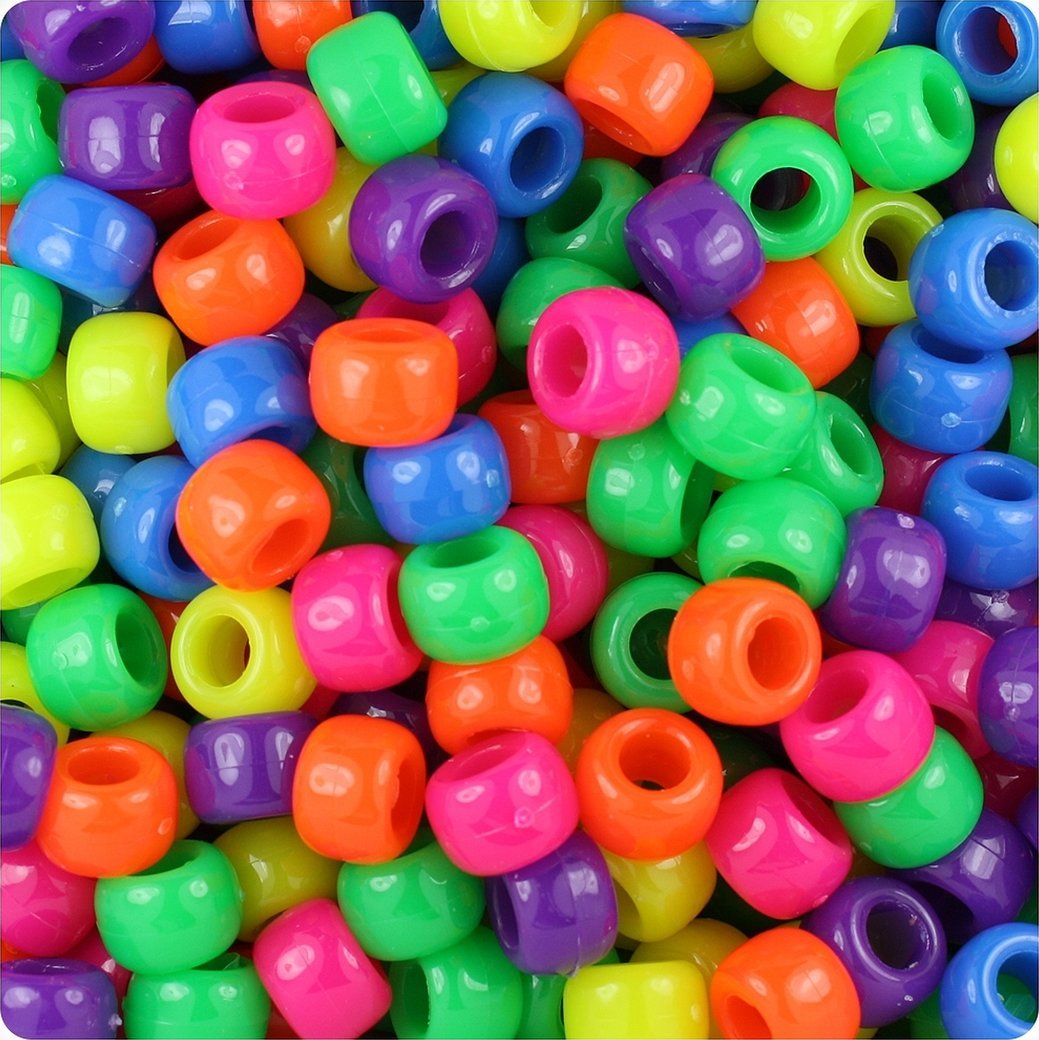
You will also need the following tools:
- marker or pen to make notes;
- thick or thin threads;
- needles of different sizes;
- good glue;
- beads;
- filler materials;
- a piece of soap.
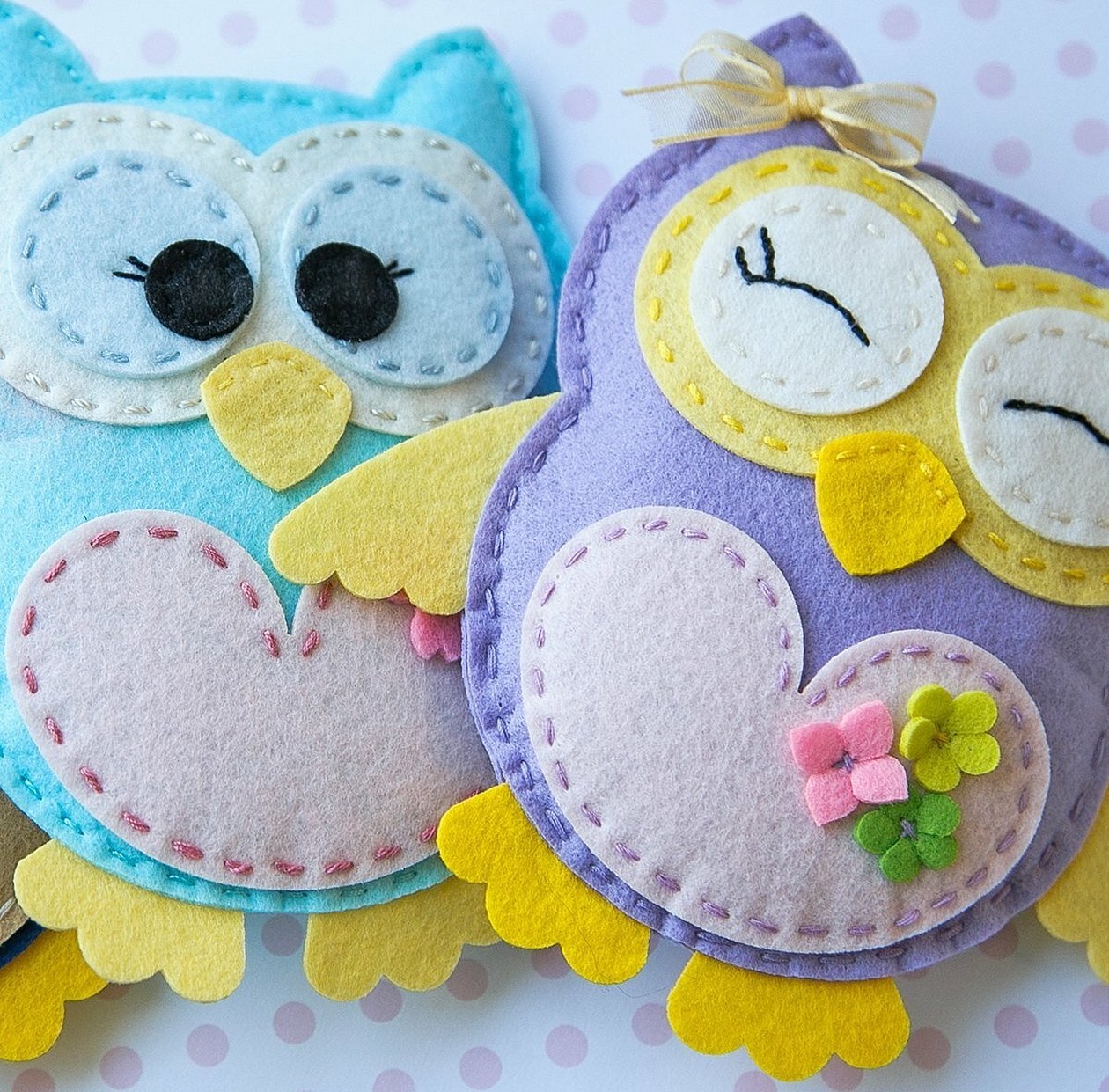
Don't worry if you have a different type of material lying around at home. Hard, soft, and thin types of felt will come in handy. After all, the material is unique and available to everyone.




